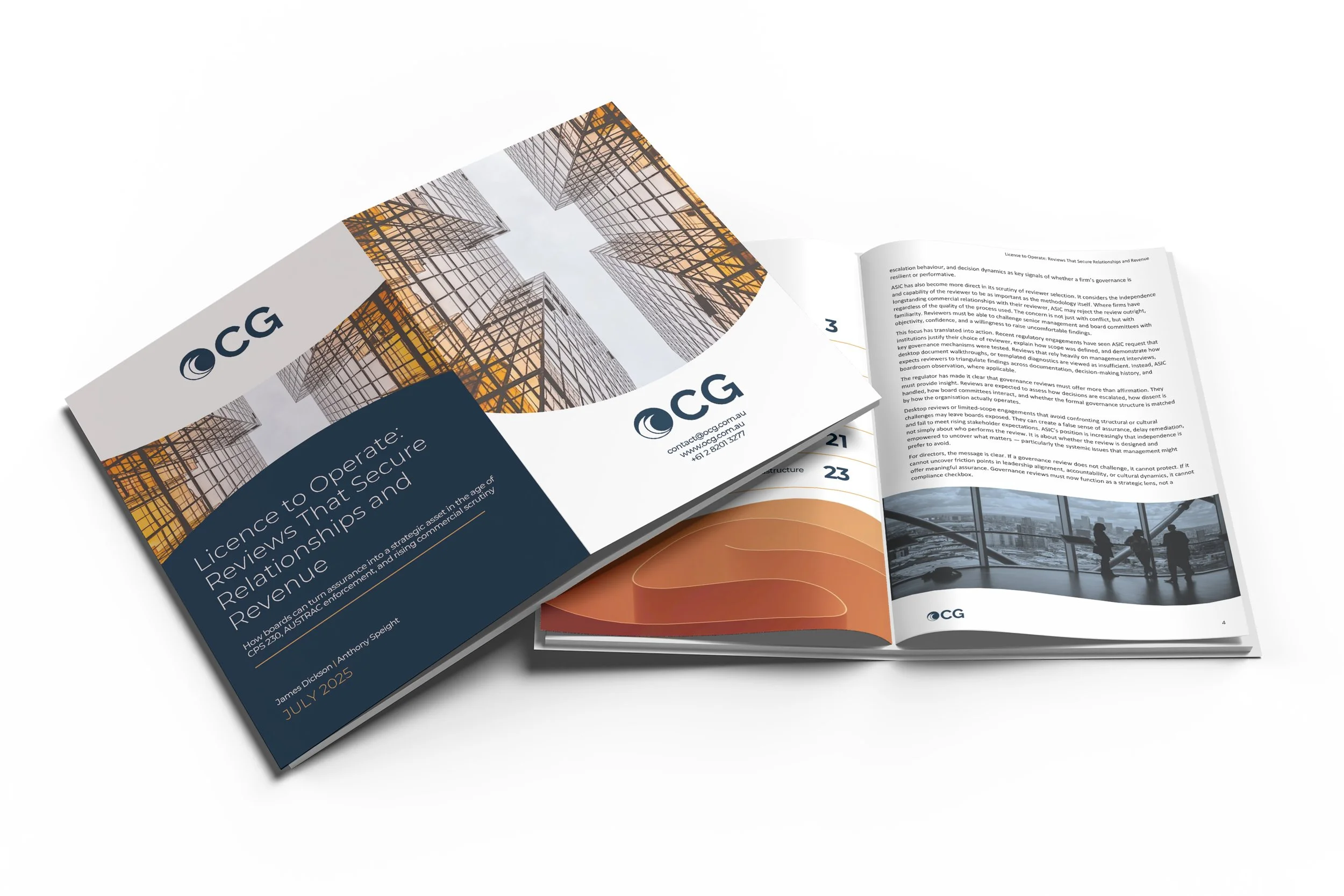Comprehensive Credit Reporting (CCR) & Hardship Indicators: Data That Improves Lending Decisions
Understanding CCR & Hardship Indicators
Comprehensive Credit Reporting (CCR) requires Australian lenders and credit providers to share and use positive credit data (e.g., repayment history, credit limits, account open/close dates) alongside traditional negative events. Recent reforms also introduced financial hardship indicators to flag when a borrower enters an agreed or temporary hardship arrangement.
For banks, non-bank lenders, BNPL providers and brokers, CCR and hardship signals reshape affordability assessment, pricing, portfolio monitoring and collections, and increase expectations for data quality, governance and evidence across the credit lifecycle.
Why CCR & Hardship Indicators Matter
Done well, CCR and hardship information helps lenders:
Sharpen affordability and risk-based pricing with more complete, recent data.
Identify emerging stress earlier, enabling tailored support and prudent forbearance.
Reduce losses and complaints through better decisioning and clearer audit trails.
Demonstrate compliance with responsible lending expectations and fair customer treatment.
Poor execution - gaps, stale feeds, weak matching, or misuse of hardship flags - drives regulatory scrutiny, AFCA disputes, remediation and reputational damage.
Key Challenges Facing Firms
Data lineage and matching: reconciling bureau feeds to internal records, handling name/address variants, joint accounts and thin-file customers.
Governance of hardship flags: ensuring flags are set/removed correctly, never used in prohibited ways, and mirrored across credit, collections and reporting systems.
Model and policy impacts: updating scorecards, affordability rules and manual overrides to reflect CCR and hardship signals consistently.
End-to-end controls: aligning front-end origination, decision engines, account management, collections and credit reporting with a single source of truth.
Evidence & MI: proving to boards and regulators that data is accurate, decisions are consistent, and hardship is managed fairly with clear outcomes.
How OCG Can Help
Oceanic Consulting Group (OCG) helps lenders turn CCR and hardship indicators into practical, defensible improvements across credit decisioning and customer outcomes.
Our support includes:
CCR operating model & data governance (roles, data dictionaries, lineage, quality controls).
Hardship policy & controls (flag rules, prohibited uses, customer communications, removal logic).
Scorecard and rules-engine uplift to incorporate CCR/hardship signals safely and transparently.
Assurance and model validation (monitoring, back-testing, challenger models, fairness checks).
MI & dashboards for boards/executives showing eligibility, approvals, arrears, hardship flows and outcomes.
Training & change for credit, brokers and collections teams to ensure consistent treatment and documentation.
FAQs
What’s the biggest CCR win for lenders?
Fresher, positive payment data improves affordability assessment and reduces adverse selection, especially for near-prime and thin-file segments.
How should hardship indicators be used?
To identify and support customers in difficulty, not to automatically decline or penalise. Strong governance ensures compliant use and accurate removal.
Do scorecards need to change?
Yes, CCR data and hardship signals should be embedded with documented rationale, monitored for performance and fairness, and reviewed regularly.
Strengthen Your CCR & Hardship Data Governance
Work with OCG’s Credit Risk & Compliance Specialists
Make CCR and hardship indicators a genuine advantage. We’ll uplift data governance, integrate signals into decisioning, and evidence fair, consistent outcomes—reducing losses, complaints and regulatory risk.









